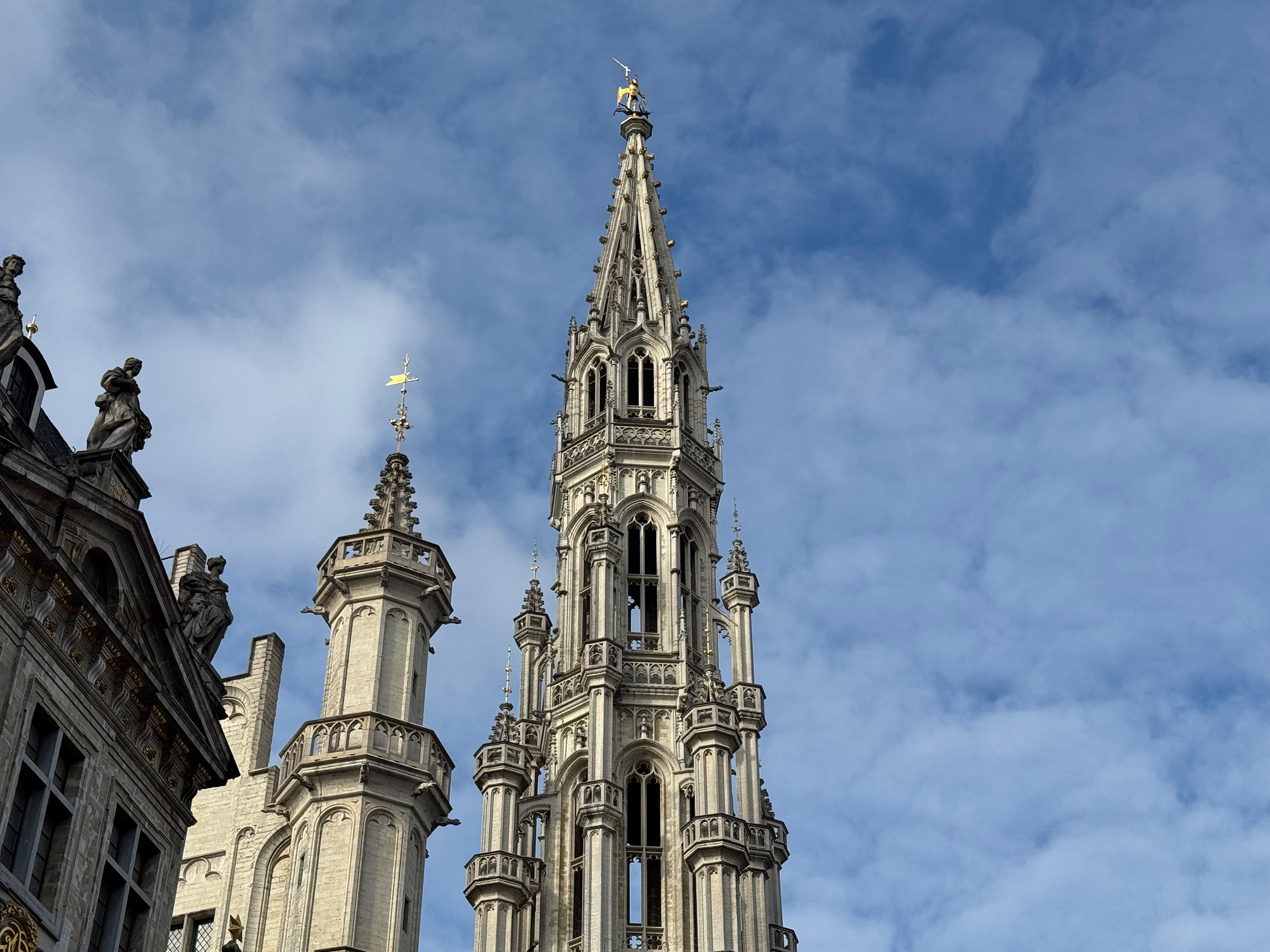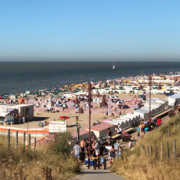Brussels: City, Capital Region, Metropolitan Area?

A question that repeatedly causes confusion: How many inhabitants does Brussels have? The figures range from around 200,000 to 1,250,000 – from a small major city to a metropolis. The answer is simple, yet also confusing and quite curious. Typically Belgian, in fact:
The districts of Brussels have retained their independence and, to this day, remain individual municipalities, even though they have grown seamlessly into one continuous city. To come straight to the point: 1,250,000 inhabitants is “correct”.
City of Brussels
The City of Brussels (200,000 inhabitants) is, strictly speaking, just the city center, located within the inner ring (Pentagone), although it extends in three directions: to the north (including Laeken with the Atomium), to the east (the EU Quarter with the triumphal arch), and to the southeast (Avenue Louise to the city forest).
Brussels-Capital Region
The Brussels Region (1,250,000 inhabitants) is what one would normally call the city. It consists of the City of Brussels and 18 other municipalities which, as mentioned, are autonomous but also form a political unit with their own parliament.
Metropolitan Area
Beyond that, there is the Brussels Metropolitan Area, which, depending on how it is defined, has between 2 and 3 million inhabitants.
Brussels Municipalities
The cities within the “city” – the Brussels Region – include (with both their French and Dutch names):
- Bruxelles / Brussel
- Anderlecht
- Auderghem / Oudergem
- Berchem-Sainte-Agathe / Sint-Agatha-Berchem
- Etterbeek
- Evere
- Forest / Vorst
- Ganshoren
- Ixelles / Elsene
- Jette
- Koekelberg
- Molenbeek-Saint-Jean / Sint-Jans-Molenbeek
- Saint-Gilles / Sint-Gillis
- Saint-Josse-ten-Noode / Sint-Joost-ten-Node
- Schaerbeek / Schaarbeek
- Uccle / Ukkel
- Watermael-Boitsfort / Watermaal-Bosvoorde
- Woluwe-Saint-Lambert / Sint-Lambrechts-Woluwe
- Woluwe-Saint-Pierre / Sint-Pieters-Woluwe
Curiosities
The cities naturally have their own postal codes (1000 to 1210) but share the same area code (02).
Responsibilities are organized differently: While the municipalities are independent, they share services such as waste disposal, fire protection, ambulance transport, and public transport. The 19 municipalities are, however, divided into six police zones. A merger is currently being planned.
As is typical for Brussels, the city boundaries are quirky in some places:
- The famous Avenue Louise belongs to Brussels, even though it runs right through Ixelles. At its beginning, it also borders Saint-Gilles – meaning that by crossing the street, you pass through three different cities.
- The wide boulevard between Place Louise and Porte de Namur is called Boulevard de Waterloo on one side (Brussels) and Avenue de la Toison d’Or on the other side (Ixelles).
- The city boundary between Koekelberg and Ganshoren runs right through the Basilica of Koekelberg.
By the way: The street signs in the cities of the Brussels Region look different and also include the name of the municipality (except on very old signs). However, this isn’t unusual in Belgium, even in villages.

 © VisitBelgium.net
© VisitBelgium.net © VisitBelgium.net
© VisitBelgium.net © VisitBelgium.net
© VisitBelgium.net © VisitBelgium.net
© VisitBelgium.net © VisitBelgium.net
© VisitBelgium.net
 © VisitBelgium.net
© VisitBelgium.net © VisitBelgium.net
© VisitBelgium.net
Leave a Reply
Want to join the discussion?Feel free to contribute!